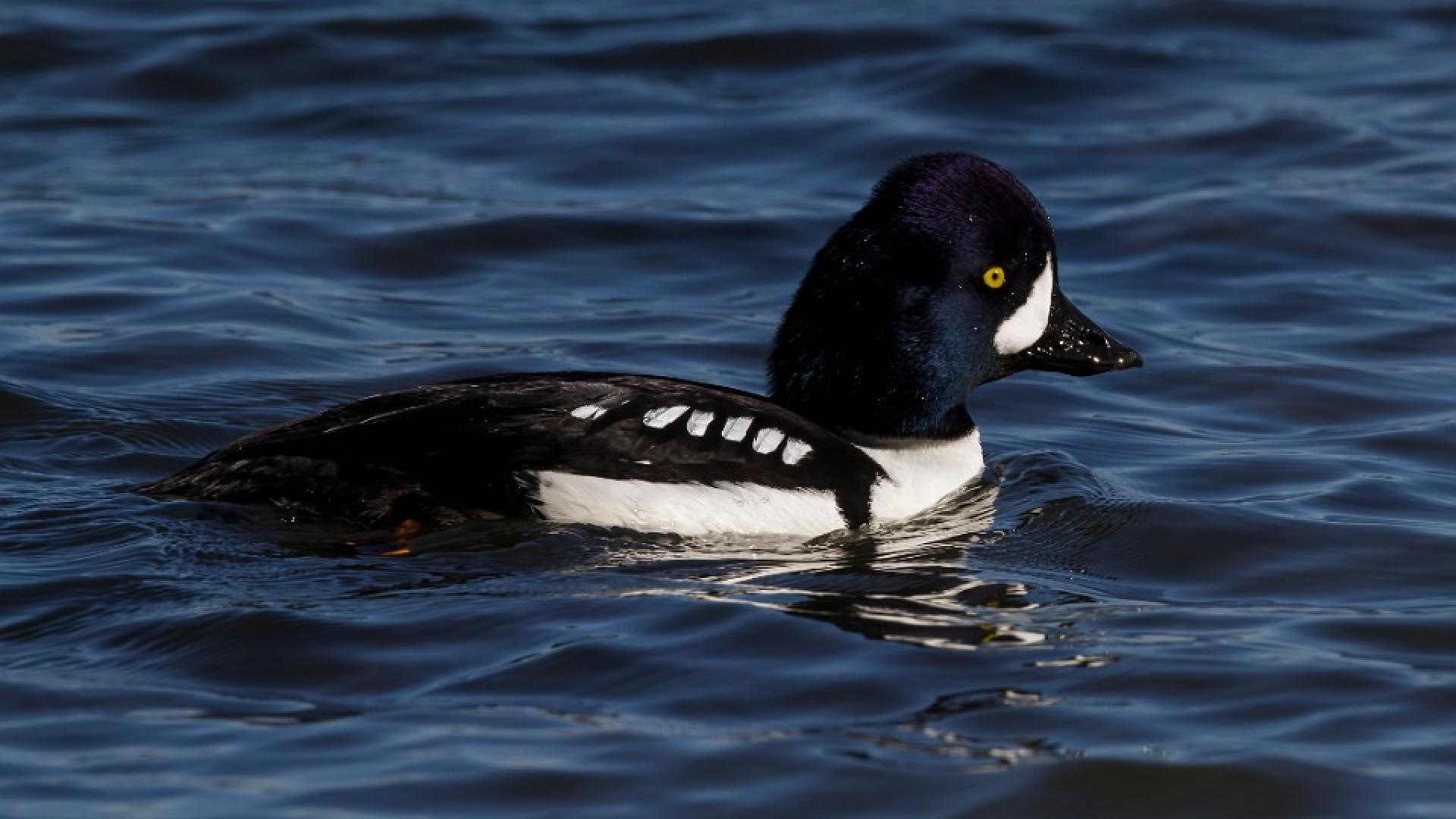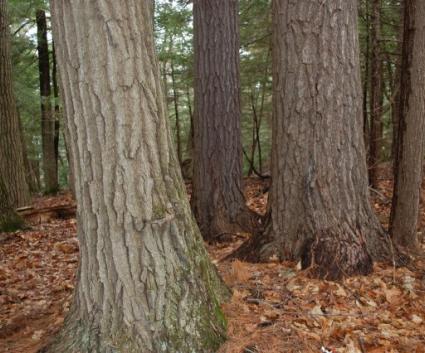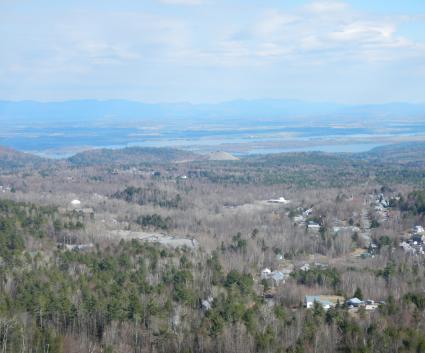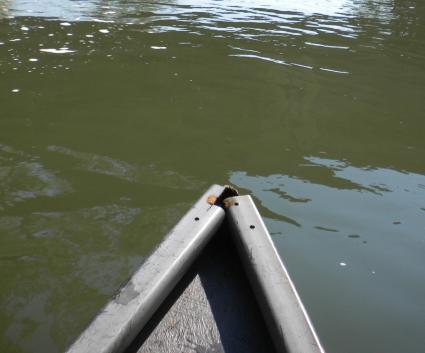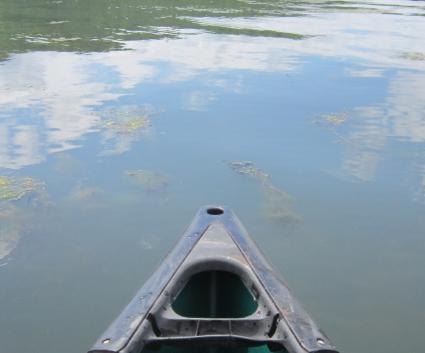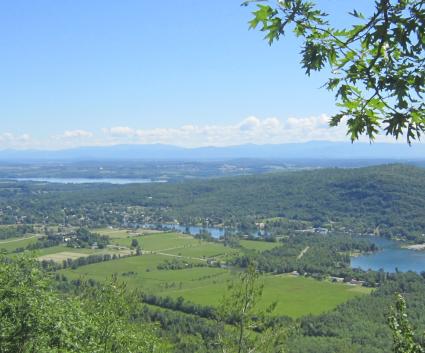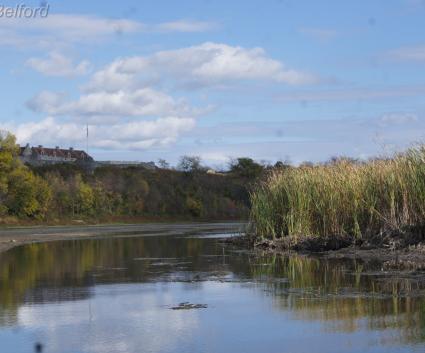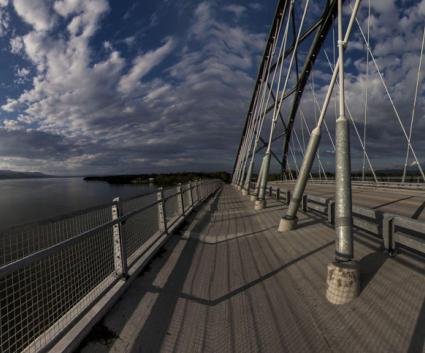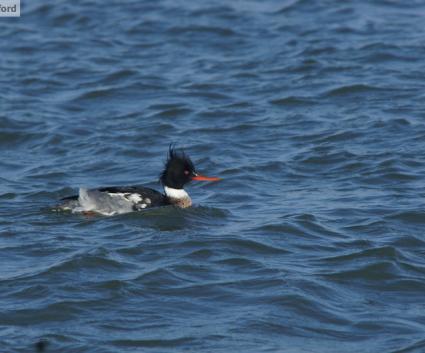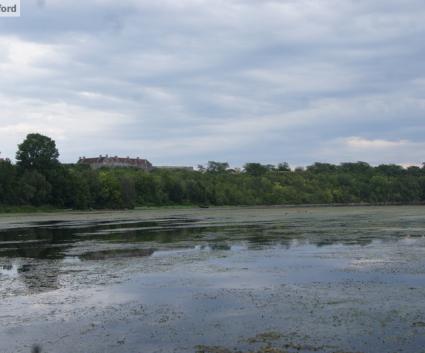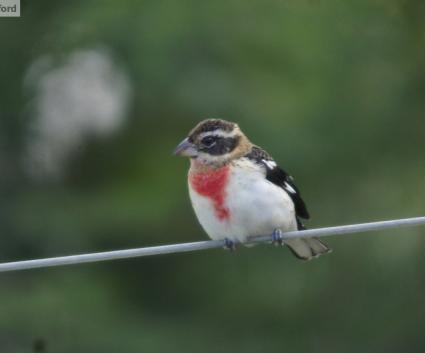Another Beautiful Day in the Lake Champlain Region
With waterfowl and other migrating birds on the move, and after our Cave Swallow find a few days earlier, Wren and I took advantage of another great day to go birding in the Champlain Valley, this time along the southern portion of the lake. We began at Westport Boat Launch, where there was a nice selection of ducks on North West Bay including Buffleheads, Mallards, American Black Ducks, Common Mergansers, and Common Goldeneye. There were also quite a few Horned Grebes, a trend that would continue throughout the day.
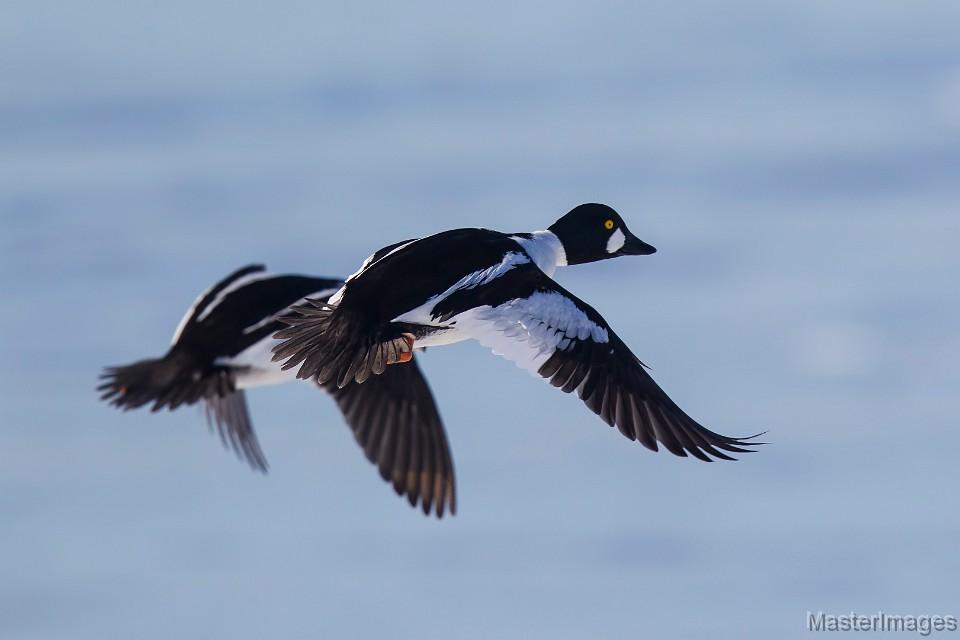
Waterfowl
We moved to the overlook of Hoisington Brook at the wastewater treatment facility in Westport, where I found some of the same species, and I looked through the large gaggle of Canada Geese in search of any odd species. I was in luck – after several minutes of searching I pulled out one Cackling Goose from the throng, its diminutive size (compared to Canadas) giving it away.
We continued south to the Port Henry Pier and Wren nosed her way around the sand while I scanned the lake. There were only a few birds near the pier itself, but as I scanned further out across the water, I found a flock of Long-tailed Ducks toward Vermont. I also spotted a couple groups of Scoters near the Long-tailed Ducks – and the flocks included both Black Scoters and White-winged Scoters. As happy as I was with this, the birds were far away, and so I packed up my scope to leave, noting three Horned Larks arrived on the sand as I did.
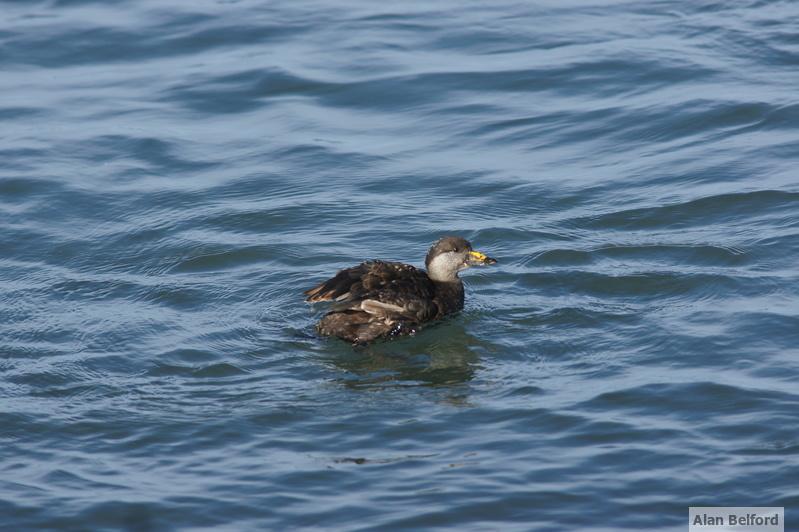
We drove through Port Henry to the parking area along Route 22, which overlooks Bulwagga Bay. To the north I could see a variety of ducks like Common Goldeneye, Bufflehead, and Common Merganser. But the shoreline of Crown Point held a larger and more diverse mix of ducks, dominated by a few hundred Ring-necked Ducks. The flock also included species like Green-winged Teal, Lesser Scaup, American Wigeon, and a solitary Wood Duck. There were also four Brant poking around toward the middle of the bay.
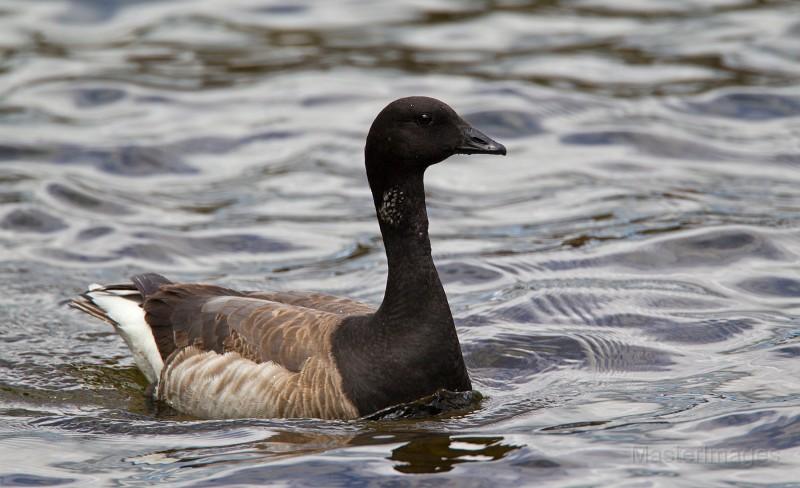
Heading to Noblewood Park
The discovery of these ducks presented me with a bit of a conundrum. I could likely find additional waterfowl species if I drove around and walked in to view them from Crown Point, but the time it would take me to do that would likely nix my chances of checking out Noblewood Park in Willsboro. I just didn’t have enough daylight for both. Birding is full of such scenarios, but in the end I decided I would turn north, since I had been able to scope the birds along Crown Point fairly well.
Before going to Noblewood I took a short detour around the Magic Triangle in hope of finding raptors or songbirds in the hedgerows. I didn’t take much time, but I did find a few things like American Tree Sparrows, a Red-tailed Hawk, and a Northern Harrier. Once again torn about whether I should linger longer in case I could find something else, I continued on – I wanted to check out Noblewood.
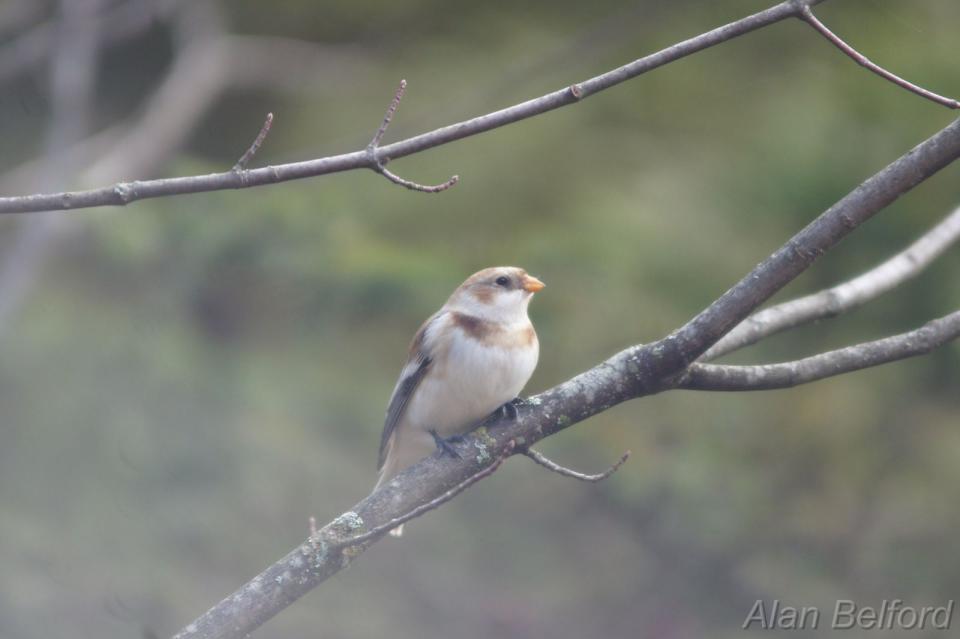
I was glad that I did. As Wren played in the sand, I set to work scoping the lake, and while the sand spit held only a few gulls (it can sometimes be loaded), the bay along the beach and sand spit was flush with Common Goldeneye, Bufflehead, and Horned Grebes. I also found all three species of mergansers, and a small group of Scoters – much closer than the flock from Port Henry – and the flock once again held both Black and White-winged. I scanned through the goldeneye and quickly found a beautiful drake Barrow’s Goldeneye – the first I’ve noted this fall – and I paused to enjoy the bird as it dived now and then, popping back up here and there within the flock.
A Snow Bunting called from the sand spit, and I managed to spot it take off for the sand spit on the north side of the Bouquet River. I followed it and turned to look for any late shorebirds on the north side of the river, suddenly realizing that, unknown to me, an adult Peregrine Falcon was sitting in a tree directly behind me! It appeared to be a female by its large size and it, like me, was eyeing the ducks. Staring at me once I spotted it, the falcon took off and flew up river – I later saw it out over the lake.
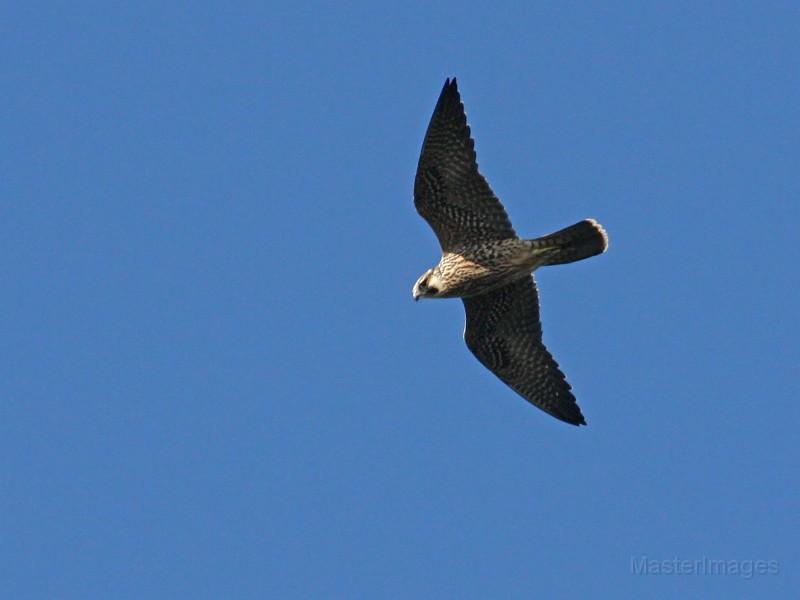
I stood for awhile longer peering over the lapping waves before the light began to dim and we walked back to the car. I had tallied 19 species of waterfowl for the day – including a few rarities – an excellent start to waterfowl season in the valley. And with cold weather just beginning to move south into the region, there are lots more ducks to come as fall advances.
Fall and winter offer great birding in the Lake Champlain Region. Start to plan your trip by checking out our lodging and dining pages!
